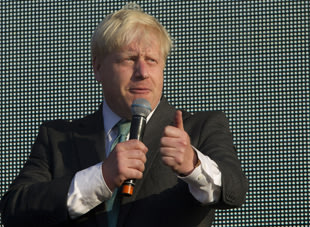ICT Vision 2021 makes strides in increasing mobile and broadband penetration to support e-education and e-health
Since the Mongolian Government?s telecommunications reform program in the mid-1990s, there has been effective liberalisation of all market segments, partial privatisation of the fixed-line incumbent operator, Mongolia Telecom, and establishment of an independent regulator. Mongolia acceded to the WTO in 1997.
Competition is in place for both fixed and mobile telephony including local, long-distance and international, internet, VoIP and VSATs. The internet market is a small but growing sector. Government initiatives such as the e-Mongolia National Program are helping to spread internet awareness and usage throughout the country.
The fixed-line network is declining rapidly while the mobile phone market has undergone a remarkable boom. The national policy has been to have a competitive telecommunications segment with two CDMA and two GSM mobile telephone service operators. Accordingly, two additional mobile licences were awarded in 2005/06 to Unitel (GSM) and rural mobile operator G-Mobile (CDMA).
As part of the transition to a market-based economy, Mongolia committed itself to modernising its telecommunications network and steadily introducing advanced communications services. The government considers national infrastructure development as a high priority and, in particular, it has focused on the development of the telecoms sector, seeing it as central to the overall development of the country, the improvement of living standards, increasing foreign investment, boosting tourism and private sector development, and implementation of innovative changes.
Market highlights:
Not all areas of Mongolia are connected to the internet. However, good progress has been made, with most universities and research institutes, government organisations, agencies, banks, and companies in Ulaanbaatar being online. Market penetration continues to remain strong in the urban centres, although the rural sector is catching up.
The number of e-commerce services such as e-banking, online shopping, and e-services has risen in Mongolia. This is partly attributed to a government initiative established in 2005 called the One Home One PC program providing low-cost computers for around US$ 250.
Broadband subscriptions are increasing and account for over 50% of internet subscriptions. Fibre to the Building deployments have also connected major buildings, hotels, schools, and government houses.
Since the launch of the two new mobile operators, subscribers have increased with uptake in rural areas. This has impacted on fixed-line subscriptions and put the national operator Telecom Mongolia under pressure.
MobiCom launched the country?s first 3G WCDMA mobile network in the country.
Mongolia is a small country with predominantly basic telecommunications services. The report covers trends and developments in telecommunications, mobile, internet and broadband. Subjects include:
Market and industry analyses, trends and developments;
Facts, figures and statistics;
Industry and regulatory issues;
Infrastructure;
Major players, subscribers;
Internet;
Mobile voice and data markets;
Broadband (FttH, DSL, cable TV).
Original Post Mongolia ? Telecoms, Mobile and Internet source Researchmoz Market Research
Telecommunications and Wireless Reports
Source: http://www.healthcarestoreonline.com/wiki/mongolia-telecoms-mobile-and-internet
helicopter crash matt jones whitney houston in casket photo resolute national enquirer whitney houston casket photo jk rowling qnexa



 By Roland S. Martin
By Roland S. Martin Google is moving into broadband. And, as is the company?s way, it?s not doing things by halves. It?s offering a quite ridiculous 1Gbit/sec, TV services, and a terabyte of cloud storage, all under the name of Google Fiber.
Google is moving into broadband. And, as is the company?s way, it?s not doing things by halves. It?s offering a quite ridiculous 1Gbit/sec, TV services, and a terabyte of cloud storage, all under the name of Google Fiber.




